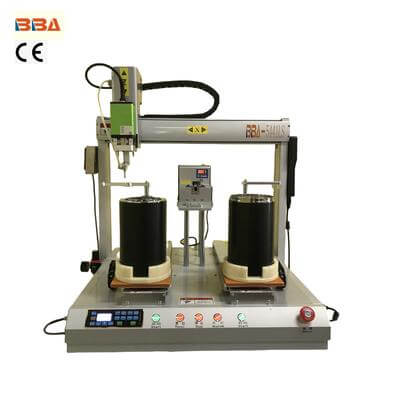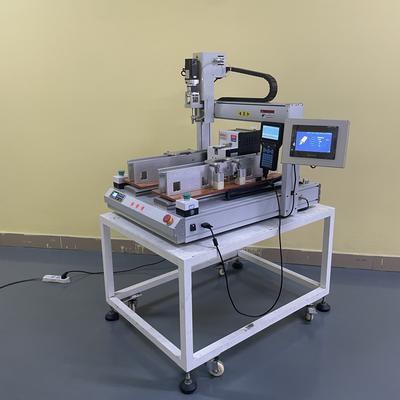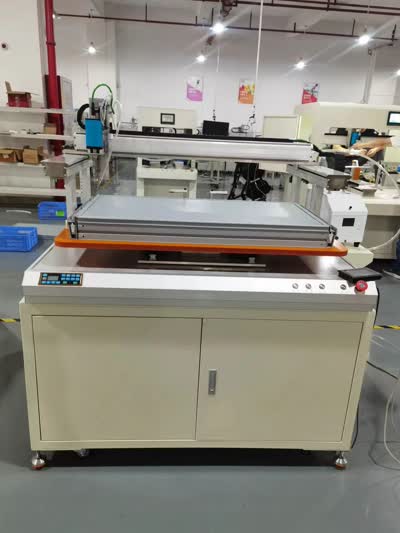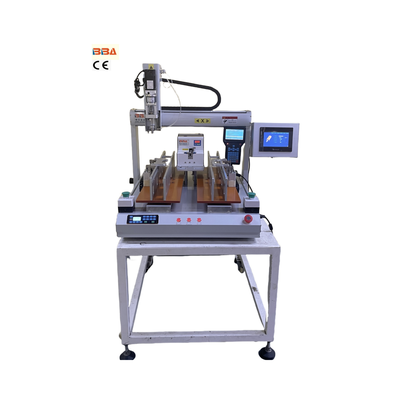Screw Locking Robots Comparison Guide | Industrial Automation Solutions
In the rapidly evolving world of industrial automation, screw locking robots have become indispensable for streamlining assembly processes. Choosing the right model can significantly impact efficiency, precision, and overall productivity. This article compares different models of screw locking robots, highlighting their features, advantages, and ideal use cases.
1. Basic Screw Locking Robots
These entry-level models are designed for simple screw fastening tasks. They offer moderate speed and accuracy, making them suitable for low-volume production lines or environments with minimal space constraints. Their affordability and ease of integration make them popular among small to medium-sized manufacturers. However, they may lack advanced features like torque monitoring or multi-axis flexibility.
2. High-Speed Precision Models
Engineered for high-volume production, these robots deliver exceptional speed without compromising accuracy. Their advanced servo systems and intelligent motion control ensure consistent torque application across thousands of cycles. Many feature automatic screw feeding systems and built-in error detection, reducing downtime. While more expensive than basic models, their throughput makes them cost-effective for large-scale operations.
3. Collaborative Robots (Cobot) Variants
Combining safety with flexibility, cobot screw locking robots work alongside human operators without safety cages. Their force-limiting technology and intuitive programming interfaces make them ideal for mixed production environments where tasks frequently change. These models typically feature advanced sensor systems that can adapt to slight variations in part positioning.
4. Multi-Axis Industrial Models
For complex assembly requirements, multi-axis screw locking robots provide unmatched flexibility. With articulated arms offering multiple degrees of freedom, they can access hard-to-reach areas and handle various screw orientations within a single operation. These systems often include vision guidance for precise alignment and can be integrated with other automation equipment for complete assembly solutions.
5. Compact Desktop Models
Designed for small components and limited workspaces, these miniaturized units deliver precision screw locking for delicate assemblies. Their small footprint makes them ideal for electronics manufacturing or medical device production. Despite their size, many incorporate sophisticated features like torque control and data logging.
Key Comparison Factors:
- Speed vs. Precision: Higher speed often trades off with absolute precision
- Payload Capacity: Determines the size and weight of parts the robot can handle
- Integration Requirements: Some models need extensive supporting infrastructure
- Data Capabilities: Advanced models provide detailed process monitoring and analytics
When selecting a screw locking robot, consider your production volume, precision requirements, available space, and future expansion plans. The right choice can dramatically improve your assembly line's efficiency while ensuring consistent, high-quality results. As technology advances, newer models continue to bridge gaps between speed, accuracy, and affordability, offering manufacturers increasingly sophisticated automation solutions.

| Product Name | Applicable industries |
| CNC Screw Fastener | Smartphone Manufacturing |


